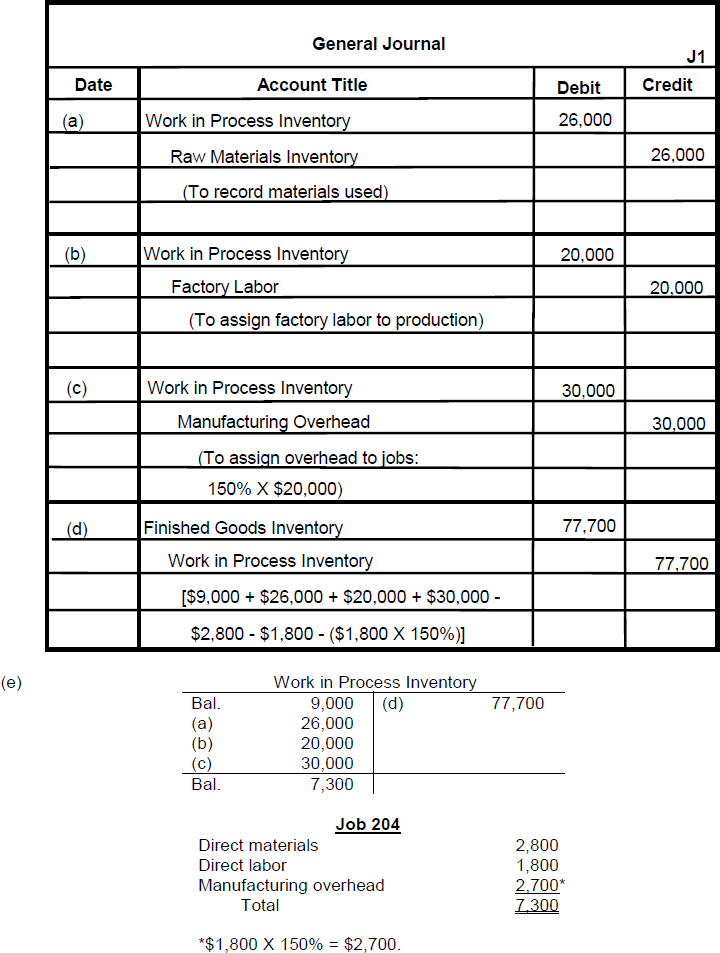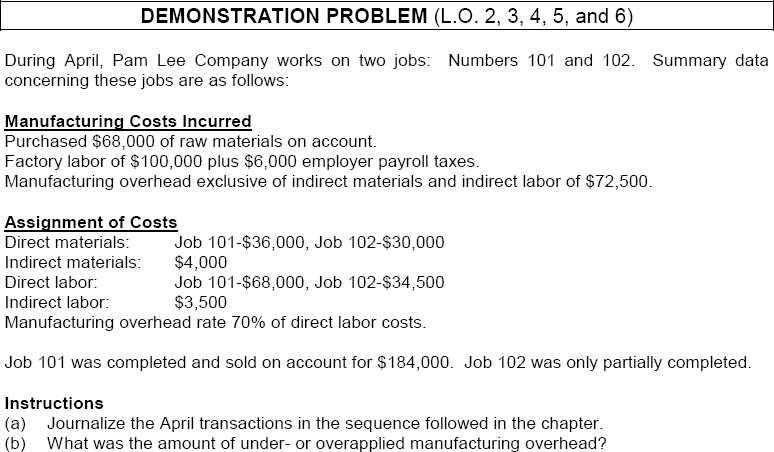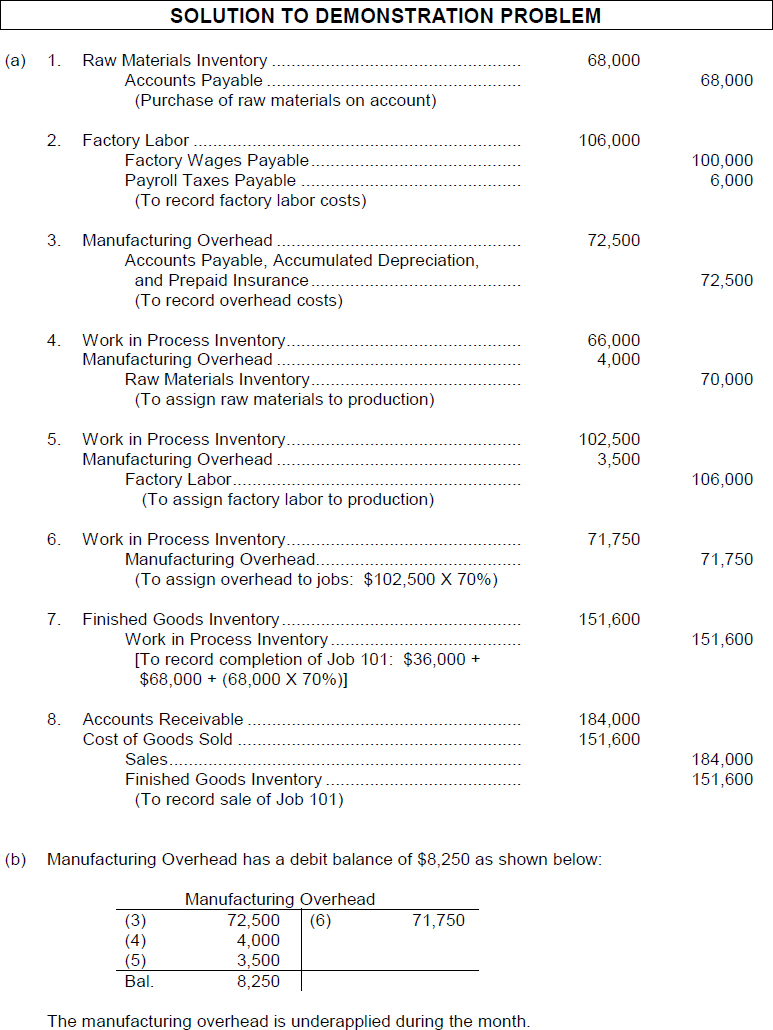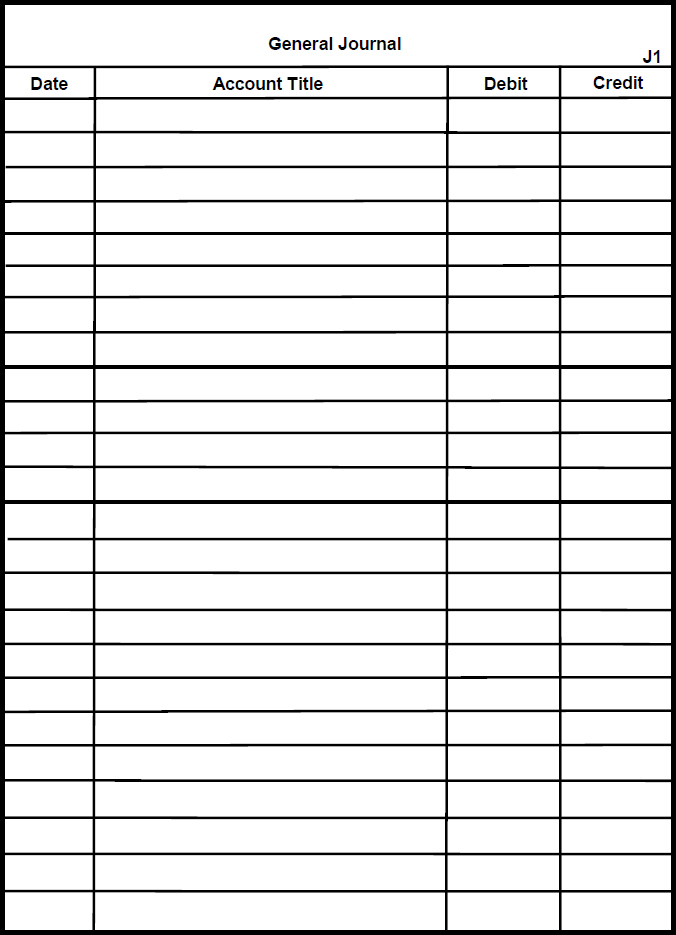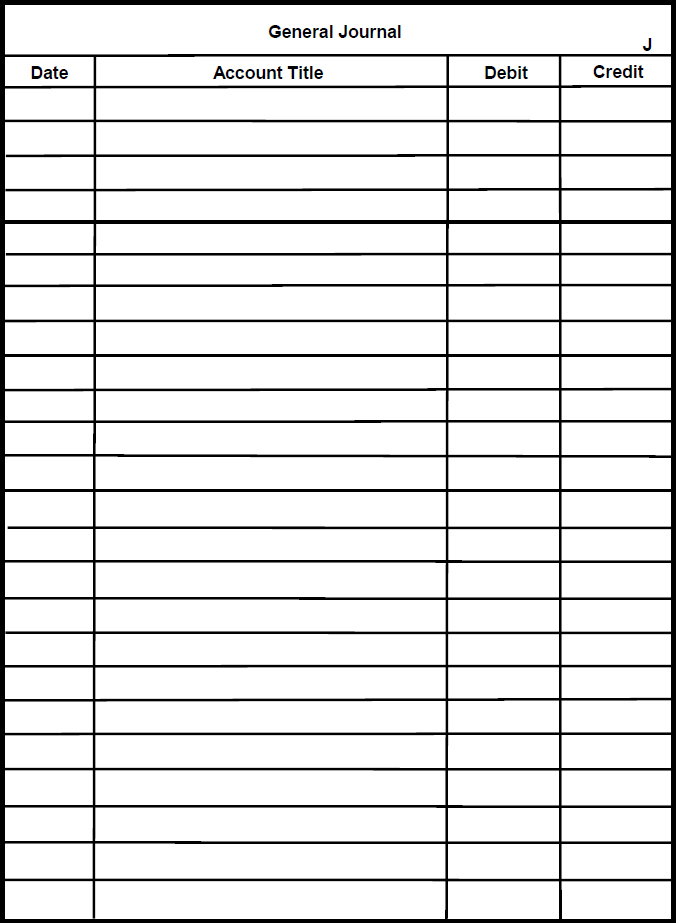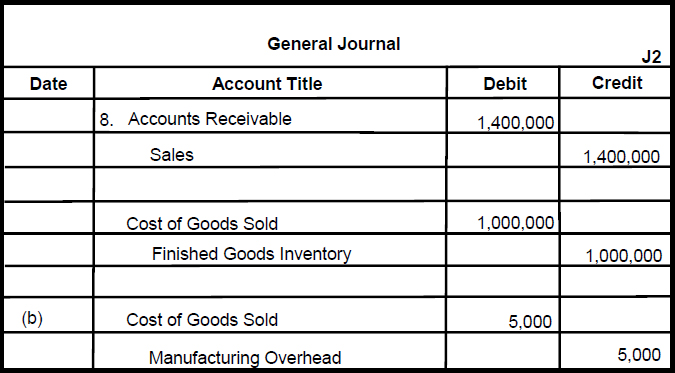Chapter 20
JOB ORDER COSTING
CHAPTER LEARNING OBJECTIVES
After studying this chapter, you should be able to:
- Explain the characteristics and purposes of cost accounting.
- Describe the flow of costs in a job order costing system.
- Explain the nature and importance of a job cost sheet.
- Indicate how the predetermined overhead rate is determined and used.
- Prepare entries for jobs completed and sold.
- Distinguish between under- and overapplied manufacturing overhead.
![]()
PREVIEW OF CHAPTER 20
This chapter illustrates how manufacturing costs are assigned to specific jobs. We begin the discussion in this chapter with an overview of the flow of costs in a job order cost accounting system. We then use a case study to explain and illustrate the documents, entries, and accounts in this type of cost accounting system. The content and organization of this chapter are as follows:
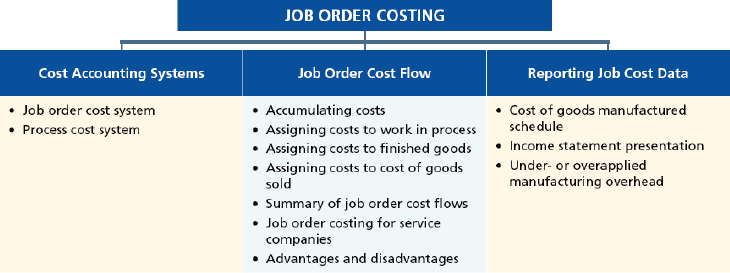
![]()
Cost Accounting Systems
- (L.O. 1) Cost accounting involves the measuring, recording, and reporting of product costs. Companies determine both the total cost and unit cost of each product.
- A cost accounting system consists of accounts for the various manufacturing costs. These accounts are fully integrated into the general ledger of a company. An important feature of a cost accounting system is the use of a perpetual inventory system. Such a system provides information immediately on the cost of a product. The two basic types of cost accounting systems are (a) a job order cost system and (b) a process cost system.
- Under a job order cost system, costs are assigned to each job or to each batch of goods.
- A process cost system is used when a large volume of similar products are manufactured. Process costing accumulates product-related costs for a period of time instead of assigning costs to specific products or job orders.
Job Order Cost Flow
5. (L.O. 2) The flow of costs in job order cost accounting parallels the physical flow of the materials as they are converted into finished goods. There are two major steps in the flow of costs: (a) accumulating the manufacturing costs incurred and (b) assigning the accumulated costs to the work done.
6. No effort is made when costs are incurred to associate the costs with specific jobs.
7. The assignment of manufacturing costs involves entries to Work in Process Inventory, Finished Goods Inventory, and Cost of Goods Sold.
8. The costs of raw materials purchased are debited to Raw Materials Inventory when materials are received.
9. Factory labor costs are debited to Factory Labor when they are incurred. The cost of factor labor consists of (1) gross earnings of factory workers, (2) employer payroll taxes on the earnings, and (3) fringe benefits incurred by the employer. Factory Labor is not a control account.
10. Manufacturing overhead costs are recognized daily as incurred and periodically through adjusting entries. The costs are debited to Manufacturing Overhead.
Assigning Manufacturing Costs to Work in Process
11. (L.O. 3) The assignment of manufacturing overhead costs to work in process involves debits to Work in Process Inventory and credits to Raw Materials Inventory, Factory Labor, and Manufacturing Overhead.
12. A job cost sheet is a form used to record the costs chargeable to a specific job and to determine the total and unit cost of the completed job. A separate job cost sheet is kept for each job. A subsidiary ledger consists of individual records for each individual item. The Work in Process account is referred to as a control account because it summarizes the detailed data regarding specific jobs contained in the job cost sheets. Each entry to Work in Process Inventory must be accompanied by a corresponding posting to one or more job cost sheets.
13. Raw materials costs are assigned when the materials are issued by the storeroom. Work in Process Inventory is debited for direct materials used, Manufacturing Overhead is debited for indirect materials used, and Raw Materials Inventory is credited.
14. Factory labor costs are assigned to jobs on the basis of time tickets prepared when the work is performed. Work in Process Inventory is debited for direct labor costs, Manufacturing Overhead is debited for indirect labor costs, and Factory Labor is credited.
Manufacturing Overhead Costs
15. (L.O. 4) Manufacturing overhead relates to production operations as a whole and therefore cannot be assigned to specific jobs on the basis of actual costs incurred. Instead, manufacturing overhead is assigned to work in process and to specific jobs on an estimated basis through the use of a predetermined overhead rate.
16. The predetermined overhead rate is based on the relationship between estimated annual overhead costs and expected annual operating activity. This relationship is expressed in terms of a common activity base such as direct labor costs, direct labor hours, or machine hours.
a. The formula for the predetermined overhead rate is:

b. The use of a predetermined overhead rate enables the company to determine the approximate total cost of each job when the job is completed.
c. In recent years, there has been a trend toward use of machine hours as the activity base due to increased reliance on automation in manufacturing operations.
17. At the end of each month, the balance in Work in Process Inventory should equal the sum of the costs shown on the job cost sheets for unfinished jobs.
Assigning Costs to Finished Goods
18. (L.O. 5) When a job is completed, the total cost is debited to Finished Goods Inventory and credited to Work in Process Inventory. Finished Goods Inventory is a control account that controls individual finished goods records in a finished goods subsidiary ledger.
19. Cost of goods sold is recognized when the sale occurs by a debit to Cost of Goods Sold and a credit to Finished Goods Inventory (along with a debit to Accounts Receivable or Cash and a credit to Sales Revenue).
Job Order Costing for Service Companies
20. While service companies do not have inventory, the techniques of job order costing are still quite useful in many service industry environments. Many service organizations bill their customers using cost-plus contracts, which means that the custormer's bill is the sum of the costs incurred on the job, plus a profit amount that is calculated as a percentage of the costs incurred.
21. At the end of a period, financial statements are prepared that present aggregate data on all jobs manufactured and sold.
a. The cost of goods manufactured schedule has one new feature: in determining total manufacturing costs, manufacturing overhead applied is used instead of actual overhead costs.
b. The cost of goods manufactured schedule is prepared directly from the Work in Process Inventory account.
Advantages and Disadvantages of Job Order Costing
22. An advantage of job order costing is it is more precise in assignment of costs to projects than process costing. One disadvantage of job order costing is that it requires a significant amount of data entry.
Under- or Overapplied Manufacturing Overhead
23. (L.O. 6) Manufacturing overhead may be under- or overapplied. When Manufacturing Overhead has a debit balance, overhead is said to be underapplied. Underapplied overhead means that the overhead assigned to work in process is less than the overhead incurred. When manufacturing overhead has a credit balance, overhead is overapplied. Overapplied overhead means that the overhead assigned to work in process is greater than the overhead incurred.
24. At the end of the year, any balance in Manufacturing Overhead is eliminated through an adjusting entry, usually to Cost of Goods Sold.
a. Underapplied overhead is debited to Cost of Goods Sold.
b. Overapplied overhead is credited to Cost of Goods Sold.
![]()
![]()
REVIEW QUESTIONS AND EXERCISES
TRUE—FALSE
Indicate whether each of the following is true (T) or false (F) in the space provided.
![]()
MULTIPLE CHOICE
Circle the letter that best answers each of the following statements.
- (L.O. 1) Cost accounting involves the following activities pertaining to product costs:
- measuring.
- recording.
- reporting.
- all of the above.
- (L.O. 1) Job order costing would not be used by a company that manufactures:
- homes.
- motion pictures.
- cereal.
- bridges.
- (L.O. 2) In a job order cost system, it would be correct in recording the purchase of raw materials to debit:
- Work in Process Inventory.
- Work in Process and Manufacturing Overhead.
- Raw Materials Inventory.
- Finished Goods Inventory.
- (L.O. 3) In a job order cost system, indirect labor costs are recognized in the ledger by a debit to:
- Manufacturing Overhead.
- Work in Process Inventory.
- Finished Goods Inventory.
- Accrued Payroll.
- (L.O. 3) In job order costing, the basic form to accumulate the cost of each job is the:
- materials inventory record.
- finished goods inventory record.
- cost of goods sold record.
- job cost sheet.
- (L.O. 3) In job order costing, when indirect materials are used in production:
- Work in Process Inventory is debited.
- Manufacturing Overhead is credited.
- Raw Materials Inventory is debited.
- Raw Materials Inventory is credited.
- (L.O. 3) A cost that would not be included in the manufacturing overhead account is:
- factory utilities.
- direct labor.
- indirect labor.
- depreciation expense on factory machinery.
- (L.O. 3) Which of the following is not a control account?
- Raw Materials Inventory.
- Factory Labor.
- Manufacturing Overhead.
- All of the above are control accounts.
- (L.O. 4) In the Bono Company, the predetermined overhead rate is 70% of direct labor cost. During the month, $250,000 of factory labor costs are incurred of which $180,000 is direct labor and $70,000 is indirect labor. Actual overhead incurred was $130,000. The amount of overhead debited to Work in Process Inventory should be:
- $126,000.
- $130,000.
- $175,000.
- $180,000.
- (L.O. 4) Jinnah Company applies overhead on the basis of 200% of direct labor cost. Job No. 501 is charged with $30,000 of direct materials costs and $40,000 of manufacturing overhead. The total manufacturing costs for Job No. 501 is:
- $70,000.
- $110,000.
- $90,000.
- $100,000.
- (L.O. 4) Patel Company manufactures customized chairs. The following pertains to Job 276:

What is the total manufacturing cost for Job 276?
- $8,800.
- $9,600.
- $10,300.
- $11,100.
- (L.O. 4) Ambedkar Inc. applies overhead to production at a predetermined rate of 90% based on direct labor cost. Job No. 343, the only job still in process at the end of August, has been charged with manufacturing overhead of $2,250. What was the amount of direct materials charged to Job 343 assuming the balance in Work in Process Inventory is $9,000?
- $2,250.
- $2,500.
- $4,250.
- $9,000.
- (L.O. 5) When a job is finished, the journal entry will include a:
- credit to Finished Goods Inventory.
- debit to Work in Process Inventory.
- debit to Manufacturing Overhead.
- debit to Finished Goods Inventory.
- (L.O. 5) When the units are sold, the journal entry will include a:
- credit to Finished Goods Inventory.
- debit to Work in Process Inventory.
- debit to Manufacturing Overhead.
- credit to Cost of Goods Sold.
- (L.O. 6) The Edge Company uses a predetermined overhead rate of $5 per direct labor hour. In December, actual overhead amounted to $650,000 and actual direct labor hours were 132,000. For the month, overhead was:
- $50,000 overapplied.
- $50,000 underapplied.
- $10,000 overapplied.
- $10,000 underapplied.
- (L.O. 6) Mountbatten Co. uses a predetermined overhead rate of $3 per direct labor hour. In July, actual overhead amounted to $325,000 and actual direct labor hours were 100,000. For the month, overhead was:
- $30,000 overapplied.
- $30,000 underapplied.
- $25,000 overapplied.
- $25,000 underapplied.
- (L.O. 6) Overapplied manufacturing overhead exists when overhead assigned to work in process is:
- more than overhead incurred and there is a debit balance in Manufacturing Overhead at the end of a period.
- less than overhead incurred and there is a debit balance in Manufacturing Overhead at the end of a period.
- more than overhead incurred and there is a credit balance in Manufacturing Overhead at the end of a period.
- less than overhead incurred and there is a credit balance in Manufacturing Overhead at the end of a period.
- (L.O. 6) At the end of the year, to transfer underapplied overhead to cost of goods sold, the journal entry will include a:
- credit to Cost of Goods Sold.
- debit to Cost of Goods Sold.
- debit to Manufacturing Overhead.
- debit to Factory Labor.
- (L.O. 6) At the end of the year, to transfer overapplied overhead to cost of goods sold, the journal entry will include a:
- debit to Manufacturing Overhead.
- credit to Manufacturing Overhead.
- credit to Factory Labor.
- debit to Work in Process Inventory.
- (L.O. 6) Which of the following statements about under- or overapplied manufacturing overhead is correct?
- After the entry to transfer over- or under-applied overhead to Cost of Goods Sold is posted, Manufacturing Overhead will have a zero balance.
- When Manufacturing Overhead has a credit balance, overhead is said to be underapplied.
- At the end of the year, under- or overapplied overhead is eliminated by a closing entry.
- When annual financial statements are prepared, overapplied overhead is reported in current liabilities.
![]()
Match each term with its definition by writing the appropriate letter in the space provided.
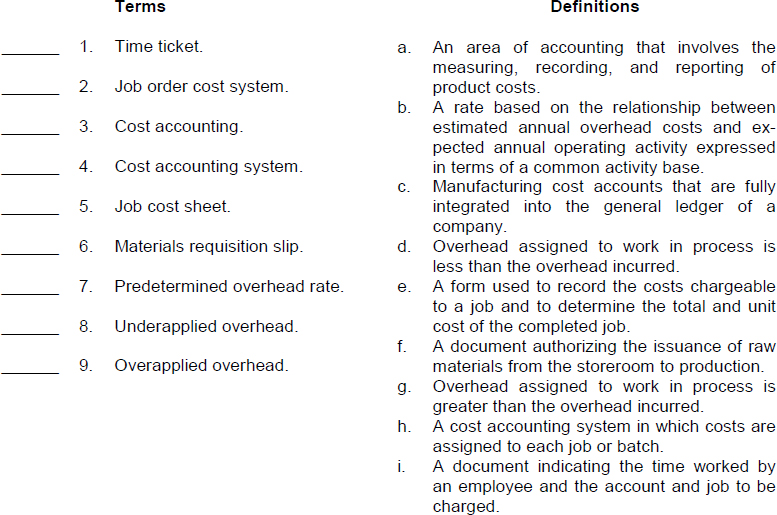
![]()
EX. 20-1 (L.O. 2, 3, 4, 5, and 6) McEllen Company uses job order costing. Manufacturing overhead is applied to production at a predetermined rate of 150% of direct labor cost. Additional information is available as follows:
• Job 201 was the only job in process at January 31, 2014, with accumulated costs as follow:

• Jobs 202, 203, and 204 were started during February.
• Direct materials requisitioned for February totaled $26,000.
• Direct labor cost of $20,000 was incurred for February.
• Actual manufacturing overhead was $32,000 for February.
• The only job still in process at February 28, 2014, was Job 204, with costs of $2,800 for direct materials and $1,800 for direct labor.
Instructions
(a) Make the journal entry to record materials used.
(b) Make the journal entry to assign factory labor to production.
(c) Make the journal entry to assign overhead to jobs.
(d) Make a combined journal entry to record the completion of Jobs No. 201, 202, and 203.
(e) Prove the agreement of Work in Process Inventory with the costs of Job 204.
EX. 20-2 (L.O. 2, 4, 5, and 6) Selected account balances as of January 1 for Remmers Company are: Raw Materials Inventory $220,000, Work in Process Inventory $160,000, and Finished Goods Inventory $350,000.
During 2014, the following transactions took place:
1. Purchased $820,000 of raw materials.
2. Incurred $680,000 of factory labor costs of which $630,000 relate to wages payable and $50,000 to employer payroll taxes payable.
3. Incurred overhead costs of $174,000 (Credit Accounts Payable $124,000 and Cash $50,000).
4. Used direct materials of $600,000 and indirect materials of $200,000.
5. Used direct labor of $650,000 and indirect labor of $30,000.
6. Applied overhead at 30% of direct labor cost.
7. Completed jobs totaling $1,100,000.
8. Sold jobs costing $1,000,000 for $1,400,000, on account.
Instructions
(a) Prepare the entries for Remmers Company for the above transactions assuming a job order cost accounting system is used. (Omit explanations.)
(b) At December 31, the ledger of Remmers Company shows underapplied manufacturing overhead of $5,000. Prepare the entry to transfer this balance to Cost of Goods Sold.
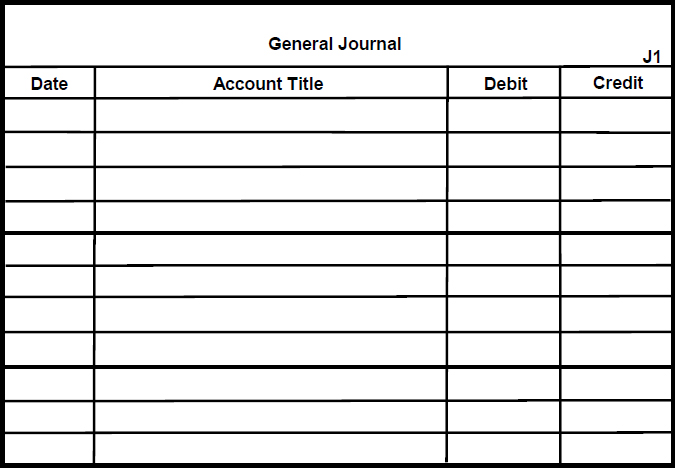
![]()
SOLUTIONS TO REVIEW QUESTIONS AND EXERCISES
TRUE-FALSE
| 1. (F) | Cost accounting does not generally pertain to period costs. |
| 2. (T) | |
| 3. (F) | An important feature of a cost accounting system is the use of a perpetual inventory system. |
| 4. (F) | A job order cost system is best used when each job (or batch) has its own distinguishing characteristics. |
| 5. (F) | A company can use both a job order system and a process cost system as General Motors does with different types of automobiles. |
| 6. (T) | |
| 7. (F) | The cost of raw materials purchased is debited to Raw Materials Inventory when materials are received. |
| 8. (T) | |
| 9. (F) | Factory Labor is not a control account. |
| 10. (F) | A job cost sheet is a form used to record the costs chargeable to a specific job and to determine the total and unit cost of the job. |
| 11. (T) | |
| 12. (F) | Raw materials costs are assigned to Work in Process Inventory when the materials are issued by the storeroom. |
| 13. (T) | |
| 14. (T) | |
| 15. (T) | |
| 16. (F) | The use of a predetermined overhead rate enables the company to determine the approximate total cost of each job when the job is completed. |
| 17. (T) | |
| 18. (F) | Overapplied manufacturing overhead exists when the overhead assigned to work in process is greater than the overhead incurred. |
| 19. (F) | At the end of the year, underapplied overhead is usually debited to Cost of Goods Sold, and overapplied overhead is credited to Cost of Goods Sold. |
| 20. (T) |
MULTIPLE CHOICE
MATCHING
- i
- h
- a
- c
- e
- f
- b
- d
- g
EX. 20-1
